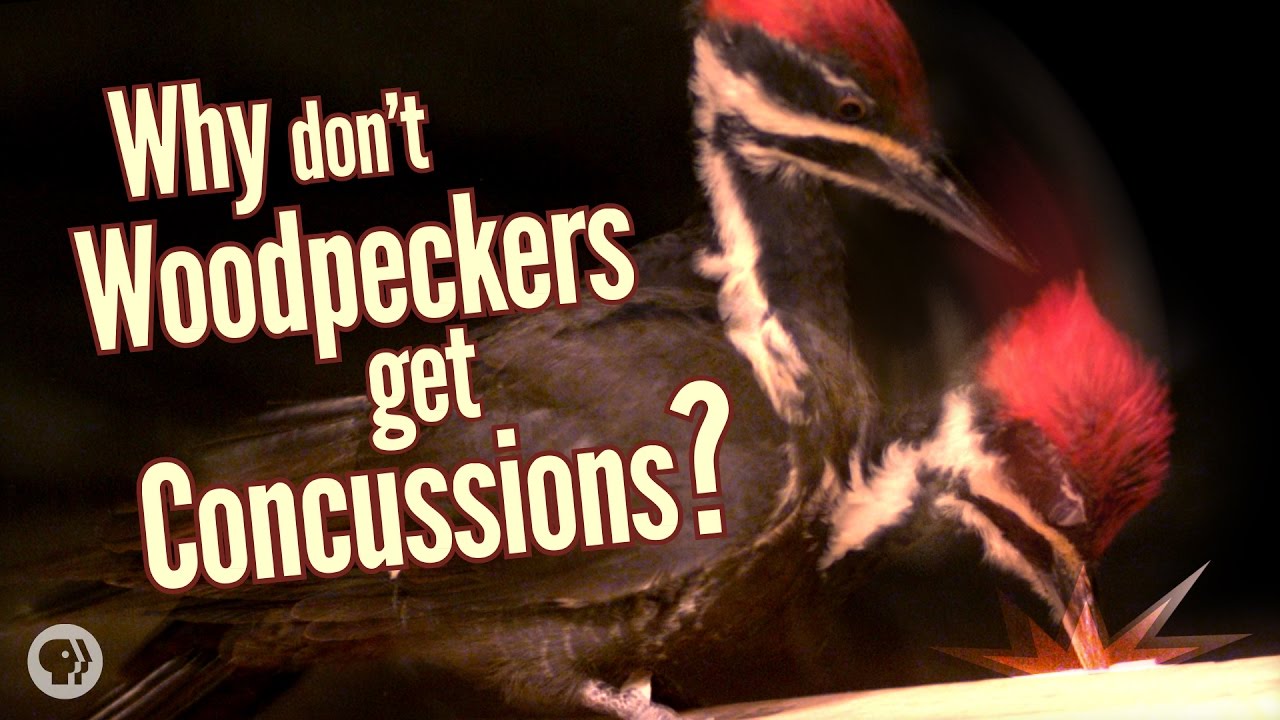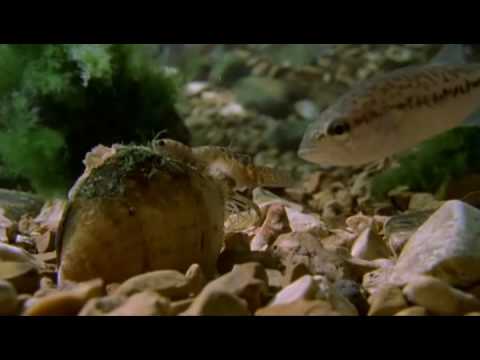Plant Your Socks
Description: This phenomenon will show students the diversity of plants in their local habitats. If you collect seeds from various locations (e.g. meadow, forest, etc.) you will see differences in the plants that grow. The socks mimic the functioning of animals as they move seeds from one location to another. This planting could also be combined with an investigation of what plants need to survive. The amount of sunlight and water could be varied with each of the different socks.
Web Resource: How Stuff Works
Dolphins and Humans Fishing Together
Description: Bottlenose dolphins in Laguna, Brazil have learned to fish with humans. The dolphins drive shoals of mullet towards the human fisherman and then give a signal. The fisherman throw their nets which catch the fish and drive some of them back into the mouths of waiting dolphins. This mutualistic behavior benefits both the humans and the dolphins.
Web Resource: New Scientist Article
Exploring Microhabitats
Description: Microhabitats can be found anywhere and they can lead to amazing exploration and discovery. An overturned decomposing log or the underside of a rock in a stream are excellent examples of microhabitats. Both a habitat and a microhabitat have typical abiotic (e.g. water, temperature, light. etc.) properties and biotic (e.g. plants, animals, fungi, etc.) factors. The nice thing about a microhabitat is that it is more accessible and a diversity of life can be found in an area that is not very diverse. If microhabitats are not available locally you can create one in your classroom. A terrarium or an aquarium is a great example of a microhabitat.
Web Resource: Microhabitats - Wikipedia
Biomimicry
Description: Biomimicry is an exciting field of engineering that uses solutions in nature to help design better human solutions. For example the beak of a kingfisher was used to design a quieter bullet train. When engineers are faced with challenging problems they are simply asking nature for a solution.
Web Resources: Ask Nature, What is Biomimicry? - Biomimicry Institute
Coupled Pendulum
Description: The coupled pendulum can be created with either string or a spring connecting the two pendulums. With each swing energy is transferred from one pendulum to the other. If the pendulums both have the same length one pendulum comes to a complete stop before alternating motion. This phenomenon can be used to show balanced and unbalanced forces, how motion can be used to predict future motion, and the conservation of energy.
Web Resource: L.R. Ingersoll Physics Museum
Giant Newton's Cradle
Description: The coupled pendulum can be created with either string or a spring connecting the two pendulums. With each swing energy is transferred from one pendulum to the other. If the pendulums both have the same length one pendulum comes to a complete stop before alternating motion. This phenomenon can be used to show balanced and unbalanced forces, how motion can be used to predict future motion, and the conservation of energy.
Web Resources: Giant Newton’s Cradle Website, Wikipedia article
Why Don't Woodpeckers Get Concussions?
Description: According to Lorna Gibsion of the MIT Department of Material Science and Engineering woodpeckers are able to avoid brain injury due to three factors "(1) their small size, which reduces the stress on the brain for a given acceleration; (2) the short duration of the impact, which increases the tolerable acceleration; and (3) the orientation of the brain within the skull."
Web Resource: Woodpecker Pecking: How Woodpeckers Avoid Brain Injury
The Walking Table
Description: The walking table uses pushes and pulls to move the table wherever it needs to be. This phenomenon can be used in kindergarten to show the difference between the two main forces (pushes and pulls). In grade three it can be used to illustrate balanced (not walking) forces and unbalanced (walking) forces.
Web Resource: Scheublin & Lindeman Design Studio
Perplexus Epic 1-125 Demonstration
Description: In this video YouTuber UncleDaver safely navigates challenges 1-125. This toy shows how pushes and pulls can be used to change the motion of an object. It is a much simpler version of a Rube Goldberg device. A simple version of the perplexus can be build using a box, marble, tape and blocks.
Web Resources: Perplexus website
Timelapse of a Blizzard
Description: Various timelapse videos of severe weather can be used to show the importance of weather forecasting. Local severe weather (e.g. Oklahoma tornado, Minnesota blizzard, Dubai sandstorm) should be used.
Web Resource: Wikipedia - Severe Weather
How the Sun Sees You
Description: In this video artist Thomas Leveritt sets up an ultraviolet camera so that people could see what their skin looks like under ultraviolet light. One of the most dramatic parts of the video is when sunscreen is added completely blocking the UV light. This phenomenon can be used to show the Sun's impact on the surfaces in kindergarten. It also shows the importance of sunscreen in protecting our genetic material from mutations that may lead to cancer.
Web Resource: The Kids Should See This
Google Maps Timelapse
Description: The Google Maps Timelapse engine allows you to see the impacts of humans on local environments over the last three decades. Use the search box to find local human impacts.
Local phenomenon (e.g. housing developments, logging, shrinking water reservoirs, etc.) can lead to local solutions to human impacts on the land and water.
Web Resource: Google Maps Timelapse
12 Years in a Sealed Ecosphere
Description: The Ecosphere in this video has been sealed in a glass container for 12 years. No air or food was able to enter or leave the Ecosphere during this entire time yet the shrimp are all still alive. This phenomenon can be used in the elementary science classroom to introduce plant and animal needs. It can be used in middle and high school to address matter cycling and energy flow.
Web Resources: Ecosphere (aquarium) on Wikipedia, Ecospheres
Woodpecker Homes
Description: Woodpeckers drill holes in wood to catch and eat insects. They can also create entire homes in trees for the winter. These homes occasionally damage the tree itself. Some woodpeckers will confuse log homes for trees and try to build their homes inside human homes.
Web Resource: Audobon - Woodpecker Winter Homes
Magnetic Slime
Description: Students can create magnetic slime using iron filings. A powerful magnet can move and be consumed by the slime.
Web Resource: How to Make Magnetic Slime
Biological Weathering
Description: The roots of certain trees are able to break rocks over time. This is one type of biological weathering that can be seen around the world. Rocks can also be broken down by bacteria, algae, lichen, and small animals. Weathering of a sidewalk or the headstones in a cemetery are great places to find this phenomenon.
Web Resources: The Geological Society
Biological weathering, Harrison Rocks - geograph.org.uk
Floating Whiteboard Ink
Description:
I learned about this phenomenon when a teacher spilled their water on my whiteboard. Make sure to use a plate with an impermeable surface. It's a great phenomenon for intermolecular forces. Surface chemistry, temperature, color, ink type, polarity, salinity, and many more factors affect this phenomenon.
Web Resources: Drawing on Water - It is so surreal - YouTube
Dubai 24 Hour Timelapse
Description: This timelapse shows a day in Dubai compressed into a few minutes. The video includes day, night, and the movement of the sun and moon in the sky. Shadows can be seen moving across the ground. The sun is also reflected in the Burj Khalifa.
Web Resources: Dubai 24 Hour Time Lapse
Natural Fish Lure | Lampsilis Mussel and Bass
Description: The Lapsillis mussel must spend part of its life cycle within the smallmouth bass. It has evolved a lure that resembles a small fish so that it can squirt its young into the mouth of the bass. The mussel is even able to twitch the lure as the bass approaches.
Web Resources: Natural Fish Lure, Absurd Creature of the Week - Wired
The Twins that Everyone Can Tell Apart
Description: This Daily Mail article details the differences in twins Lucy and Maria Aylmer. According to the article, "One has straight ginger hair, a fair complexion and deep blue eyes. The other has masses of curls, far darker skin and her eyes are a sparkling brown".
Web Resources: Daily Mail Article, Non-identical Twins - Good Morning Britain





















